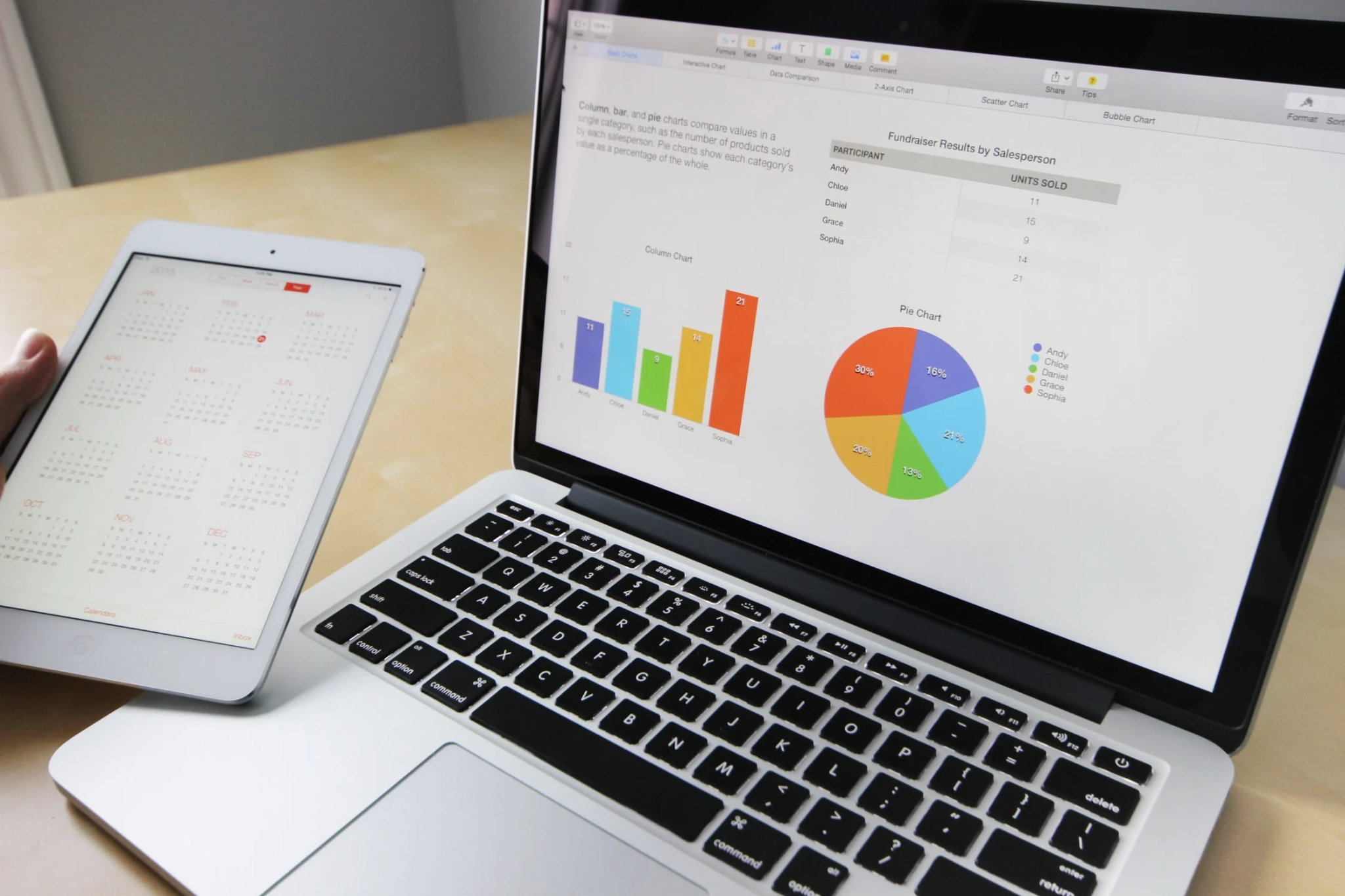Maximising productivity and efficiency is vital to achieving sustained growth in today’s competitive business landscape. One often overlooked but highly effective tool in achieving these goals is staff time tracking, which can help businesses gain valuable insights, optimise resource allocation, and drive overall growth. Read on as we explore how organisations can leverage staff time tracking to unlock their true potential and propel themselves towards success.

Identifying Time Allocation Patterns
One of the primary benefits of using comprehensive time tracking software for your staff is the ability to identify time allocation patterns across different tasks, projects, or departments. By analysing this data, businesses can uncover valuable insights into how their workforce spends their time. This information helps managers allocate resources more effectively, and make informed decisions on resource distribution, ultimately improving overall productivity and output.
Optimising Resource Allocation
Effective resource allocation is a critical factor in maximising productivity and driving business growth. By leveraging staff time tracking data, organisations can gain deep insights into how their resources are utilised and make informed decisions to optimise allocation. The data that this kind of software tracks can help managers understand which tasks or projects require more resources and which ones can be streamlined by reallocating staff where they are needed most. This ensures that employees are engaged in meaningful work that aligns with business objectives, leading to improved productivity and efficiency. With optimised resource allocation, businesses should be able to make the most of their available talent, reduce waste, and drive overall growth.
Fostering Accountability and Performance
Accountability and performance are vital for driving success within any organisation, and implementing staff time tracking is a simple method to instil a sense of accountability among employees. When individuals know that their time is being monitored, they tend to be more mindful of their work habits, prioritise their tasks effectively, become aware of the value of their time, and are motivated to make the most of it. This fosters a culture of responsibility and ownership, where employees take pride in meeting their objectives and contributing to the overall success of the organisation. With enhanced accountability, businesses can create a high-performance environment that drives their staff and their profits to new heights.
Leveraging Data for Continuous Improvement
One of the greatest advantages of staff time tracking is the wealth of data it generates, which can be leveraged for continuous improvement. By analysing trends and patterns in time allocation over time, businesses can identify areas for enhancement and implement strategies to increase efficiency. For example, the data may reveal specific tasks or processes that consistently consume more time than expected. Armed with this information, businesses can take targeted actions to streamline those processes, provide additional training, or allocate resources more effectively. The incremental nature of leveraging time tracking data allows businesses to make small improvements that compound over time, leading to sustainable growth and continuous improvement across the business.
Promoting Transparency and Collaboration
When employees have access to their own time tracking data, it fosters a culture of transparency and accountability. They can see how their time is allocated, identify areas of improvement, and take ownership of their productivity, which not only encourages individual responsibility but also promotes open communication and collaboration among team members. Time tracking data can also be leveraged to identify opportunities for cross-departmental collaboration. By analysing the data, businesses can identify areas where different teams or departments can collaborate, share resources, or streamline processes. For instance, if certain tasks are consistently time-consuming for multiple teams, it may indicate the need for process improvement or collaboration to optimise efficiency.
Informing Project Estimation and Pricing
Accurate project estimation and pricing are crucial for profitability and client satisfaction, and staff time tracking data provides invaluable input for estimating future projects and setting competitive prices. By analysing historical time tracking data from similar projects, businesses can gain insights into the effort and resources required for similar undertakings. This allows for more accurate project scoping and pricing decisions, reducing the risk of underestimating costs or overcommitting resources. Ultimately, leveraging this time tracking data for project estimation and pricing helps businesses ensure profitability, avoid cost overruns, and deliver projects on time and within budget.
In today’s fast-paced world, staying ahead of the competition requires leveraging every available advantage, and staff time tracking offers a powerful tool for driving business growth by optimising productivity, resource allocation, and project execution. By harnessing the data generated through time tracking, organisations can make data-driven decisions, foster a culture of accountability, and continuously improve their operations. Embracing staff time tracking is not just about monitoring hours; it’s about unlocking the true potential of your workforce and propelling your business towards long-term success.















